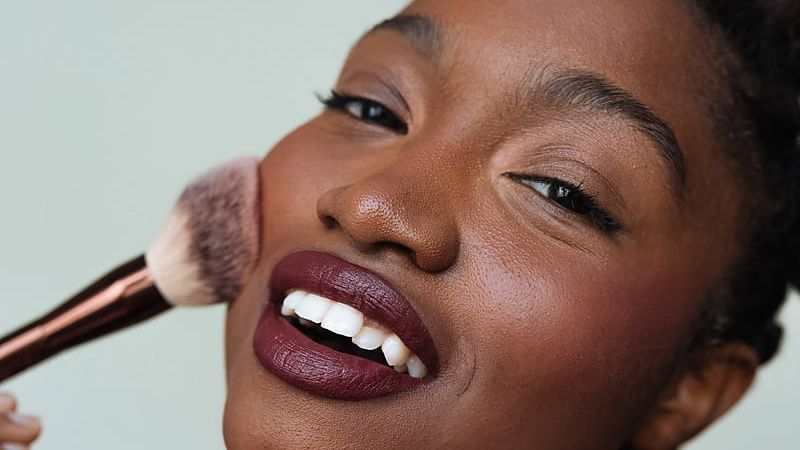Makeup tips often become ingrained habits over the years, and one of the most persistent beliefs I carried was the practice of smiling while applying blush. This well-meaning advice aimed to help women find the “apples” of their cheeks—a concept that was often more mysterious than it should have been. For over thirty years, I followed this guidance without questioning its validity. However, a recent revelation by makeup artist Kiki G. prompted me to reconsider this practice, especially as I navigate the effects of aging. With Kiki’s insights, I realized that what I thought was a simple technique might have been working against me all along.
In a captivating video from their series “But Why Tho?” Kiki kicks off with a firm declaration: “Don’t smile…” This directive initially comes across as stern, but Kiki soon softens the tone, explaining that this advice pertains specifically to blush application. They demonstrate with a reassuring gesture, emphasizing how our facial structure changes when we smile compared to when we’re relaxed. When we smile, the cheeks rise, and when we relax, they fall back down. This simple observation holds significant implications for how we apply makeup, particularly blush.
Kiki’s insight is both straightforward and game-changing: applying blush while smiling places it higher than where it should ideally go. As our skin loses elasticity with age, this higher placement can create a downward visual effect, subtly contributing to the impression of sagging. The unintended outcome of following the old advice, Kiki points out, is that it may actually reinforce the appearance of any wrinkles we have. This is not just about aesthetics—it’s about understanding how our choices in makeup application can interact with our natural features over time.
Rather than following the habitual practice of smiling, Kiki advises us to familiarize ourselves with our own bone structure. By locating the highest point of the cheekbone while keeping a neutral expression, we can apply blush for a more flattering result. This technique breathes new life into the application process, as it emphasizes the natural contours of the face. “With your face as cold and stony as your soul,” Kiki humorously remarks, you can apply the blush directly onto that prominent point and then seamlessly blend it out. This approach is not limited to cream blushes; it applies to any formula—be it powder or liquid.
Using this method gives makeup wearers an advantage, allowing them to work with their inherent features rather than against them. Kiki’s playful demeanor and practical advice serve as an invitation to break free from outdated techniques. It’s about embracing the changes our faces undergo as we age, recognizing that makeup should enhance our natural beauty rather than settle for habits that may no longer serve us well.
In conclusion, Kiki G.’s transformative message isn’t just a technical fix—it’s a gentle reminder that makeup should evolve alongside us. As we learn and adapt to our changing faces, we have the opportunity to refine our techniques and find what truly flatters us. Moving away from the smiling blush application allows for a more authentic representation of ourselves, where we can play to our strengths and appreciate the beauty in our individuality. With these new insights, we can carry forward the lessons of makeup not just as a cover-up, but as a celebration of who we are at every stage of life.

